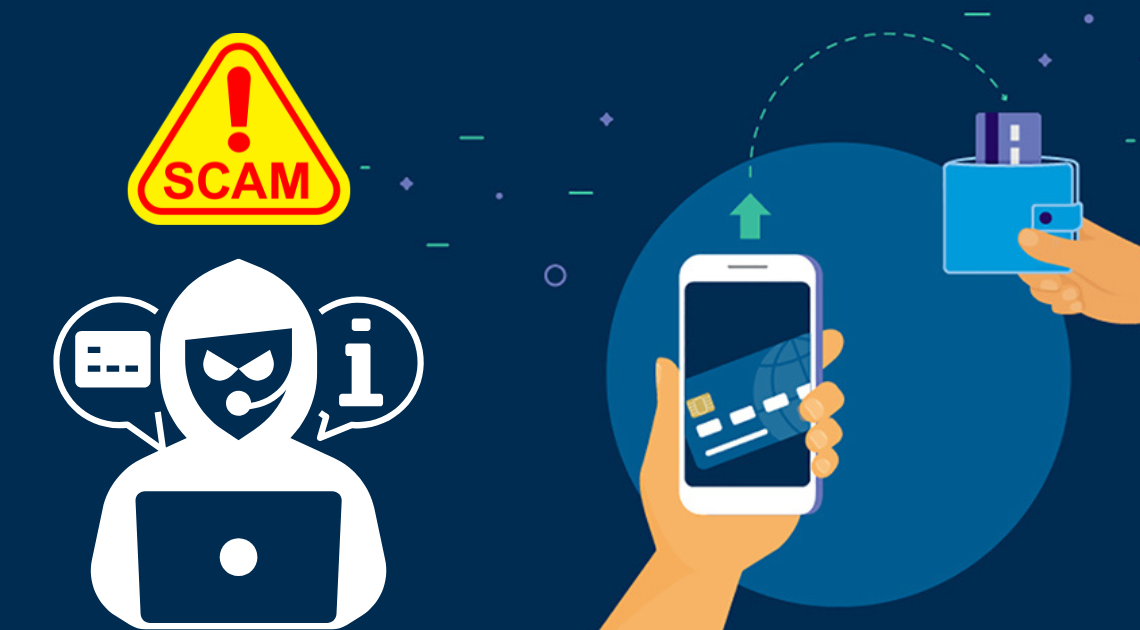
The rise of online shopping has undeniably transformed the way we procure goods, offering unparalleled convenience at our fingertips. However, amidst this digital shopping revolution, there lurk risks that consumers must be vigilant about. This article aims to shed light on the red flags that should raise caution and provide practical tips to shield oneself from falling prey to scams.
One of the most crucial indicators of a secure online transaction is the website’s URL. Look for in the address bar, accompanied by a padlock icon. These elements signify a secure connection, safeguarding your personal information from prying eyes. Avoid entering sensitive details on sites that lack these security features.
A deal that seems too good to be true usually is. If a product is priced significantly lower than its average market value, it’s essential to exercise skepticism. Take the time to research both the product and the seller to ensure their legitimacy. Trusted retailers typically maintain prices within a reasonable range. That is the reason you should know How to recover my lost funds?.
Another red flag to be mindful of is the availability of contact information. Legitimate websites readily provide clear and accessible contact details, including a physical address and customer service information. Steer clear of sites that only offer a vague contact form or an email address, as this could be indicative of a less-than-reputable operation.
Delving into customer reviews and ratings can provide invaluable insights into a seller’s trustworthiness. Take the time to read through feedback from previous buyers to gauge their satisfaction and experiences. Be particularly cautious of websites with a high number of negative reviews or those that have no reviews at all, as these can be indicative of potential scams.
When it comes to payment methods, opt for those that offer a layer of security and recourse in case of disputes. Trusted options like credit cards and established online payment platforms provide avenues for resolution in case of any issues. Conversely, avoid methods like wire transfers that offer little to no recourse for dispute resolution.
If, despite all precautions, you find yourself suspecting a potential scam, there are steps you can take to mitigate the situation:
- Contact the Seller: Attempt to reach out to the seller to address any concerns or request a refund. Legitimate sellers are generally responsive and willing to resolve issues.
- File a Dispute: If you made the purchase using a reputable payment method, consider filing a dispute. This step can potentially lead to the recovery of your funds.
- Report the Scam: Notify your local consumer protection agency and any relevant online marketplaces about the suspicious seller. This action not only protects you but also helps prevent others from falling victim to the same scam.
In conclusion, while online shopping offers unparalleled convenience, it’s imperative to approach it with caution. By familiarizing yourself with these red flags and adhering to best practices, you can navigate the online shopping landscape safely and securely. Embrace the benefits of digital commerce, but do so with your eyes wide open.





